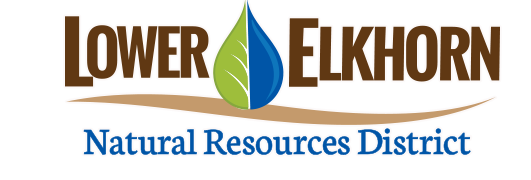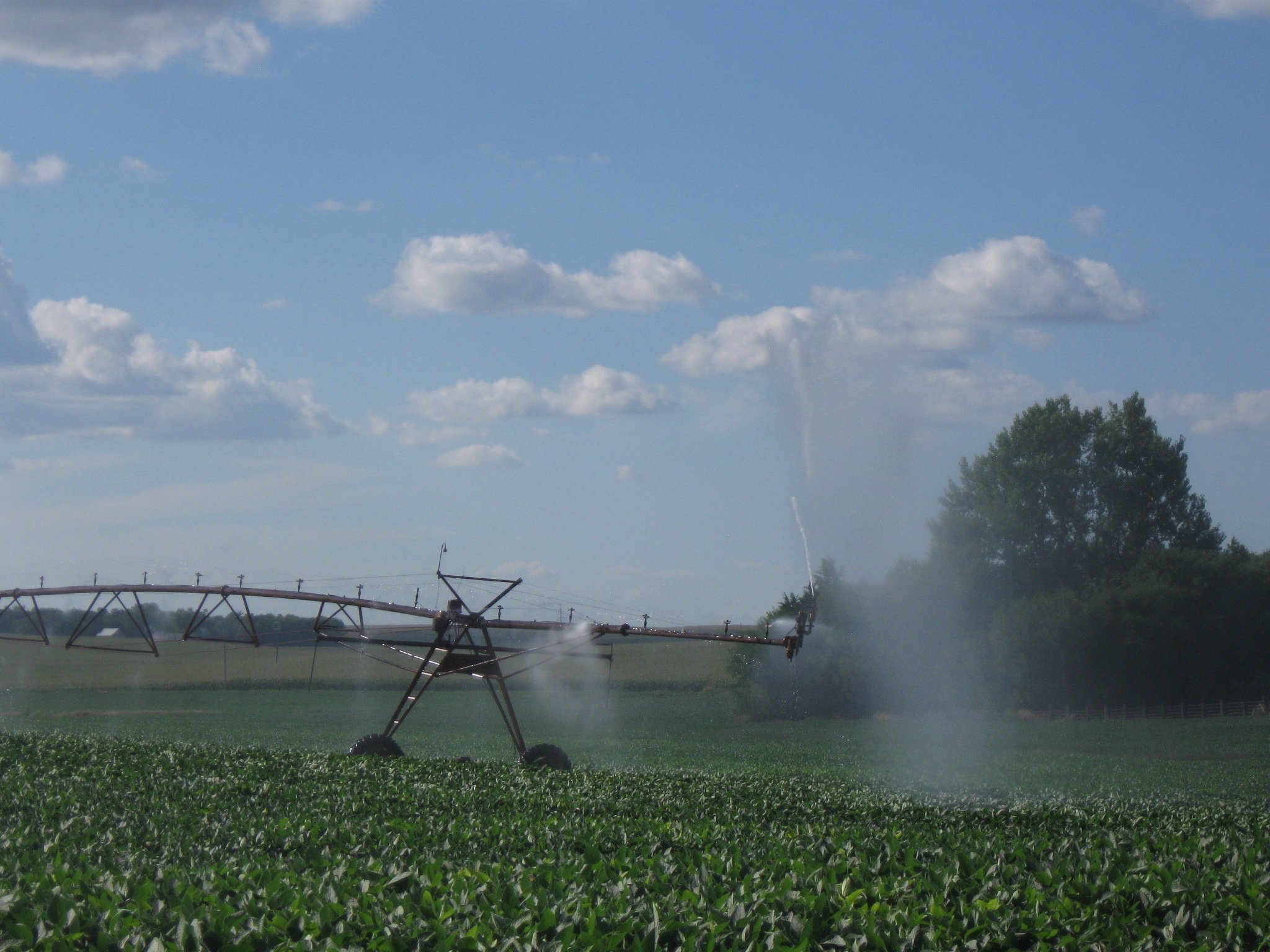At the August 24th Lower Elkhorn Natural Resources District (LENRD) Board of Directors Meeting, Directors approved JEO Consulting Group (JEO) as the consultant for the North Fork Elkhorn River Watershed Plan/Environmental Document (Watershed Plan). This project is about identifying and evaluating opportunities to reduce flood risk within the watershed, notably within the communities of Pierce and Osmond. However, the study area also includes the communities of Plainview, Foster, McLean, Magnet and Wausa.
While Osmond has interest in flood reduction of their own, the Pierce levee may need improvements to meet FEMA accreditation. Five proposals for the project were submitted and reviewed by the Evaluation and Selection Committee on Wednesday, August 23rd. Though all the candidates submitted strong proposals, JEO stood out to the selection committee because of their emphasis on community engagement as well as their familiarity and experience in the communities of Pierce and Osmond.
“We had good proposals from five highly reputable firms. They all really did put their best foot forward,” said interim General Manager, Brian Bruckner. “The stakeholder engagement was a high priority and the JEO proposal really articulated well what their intention and commitment would be. That was a deciding factor for the steering committee.”
Directors have a key focus on stakeholder and community engagement for this Watershed Plan project. “One thing that we’re looking at is buy-in from community members,” said Director Chad Korth. “JEO had the most contact meetings set up with community peers, and that’s what we’re looking for. The more community buy-in, the better.”
A stakeholder advisory team will be created to assist the LENRD staff, Board, and JEO with decisions regarding this project. A series of stakeholder meetings and open houses are planned throughout the duration of the project schedule. The first open house is planned for early this fall. More detailed information will be coming soon and community involvement in the areas within the watershed plan boundaries is strongly encouraged.
Not only has JEO worked with multiple NRDs with similar Watershed & Flood Prevention Operations Plans, but they have also worked on flood risk studies for Pierce and Osmond.
Approval of Conservation Cost-Share Programs Cost Docket Changes
Directors approved updates to the average cost dockets for the Agroforestry, Cover Crop and Conservation Cost-share Programs. Projects Manager, Curt Becker, provided Directors with information about the changes that will be implemented. Cost-share program cost docket changes are made annually to ensure the rates are kept current.
LENRD Quantity Management Sub Area – 2” Allocation
Directors also voted unanimously to approve an additional two acre-inches of groundwater, only for irrigation wells in the LENRD Quantity Management Sub Areas, to be utilized for germination and establishment of a cover crop after September 15, 2023. The Board has the authority to grant an additional two-acre inches of groundwater to be used for beneficial purposes – specifically for germination and establishment of a cover crop – in any quantity management subarea after September 15th of each calendar year. This also grants District staff administrative authorization to approve use of the additional allocation prior to September 15th on a case-by-case basis.
Approval of a Work Contract for the Completion of Flow Meter Preventative Maintenance
Directors voted to approve a Work Contract with Derek and Austin Becker (Norfolk) to complete flow meter preventative maintenance inspections and services in Antelope and Madison Counties. For the past five years, the LENRD has had an agreement to contract out preventative maintenance on flow meters within the district. There are approximately 848 flow meters in this area and the cost is approximately $54 per meter. The price per meter is less than last year due to the location of the work and the distance between wells. The contractors will use their own vehicle and equipment to conduct the maintenance and will perform a physical exam of each meter.
Budget Subcommittee Report
Directors agreed in a 12-1 vote to approve an additional 1% increase in Restricted Funds Authority for the 2024 Fiscal Year. The biggest misconception is that the approval of the additional 1% increase in Restricted Funds Authority means the Board is approving increasing the political subdivision’s actual property tax request by 1%. However, by approving the additional 1%, the Board is only increasing their authority to generate additional restricted funds, not actually increasing the property tax request. The primary component of restricted funds is property taxes, but other types of receipts include motor vehicle pro-rate, in-lieu of taxes, transfers of surplus fees, prior year capital improvements that were not spent, and nameplate capacity tax.
Approving the 1% increase does not mean that the funds will be spent but it will grant the Board authority to use them if needed. Restricted Funds have not been used by the LENRD in at least the last 15 years. The funds are typically used in an emergency. Prior to designating how the funds should be used, a Special Board Meeting will be held to determine the use - which must be approved by a majority vote.
Directors also approved District staff to advertise and present the proposed Fiscal Year 2024 Budget and Long Range Plan at a public hearing on Thursday, September 14, 2023 at 7:00 p.m. at the Lower Elkhorn NRD Board Room (1508 Square Turn Boulevard, Norfolk, NE 68767).
To learn more about the 12 responsibilities of the Nebraska’s NRDs and how your local district can work with you and your community to protect your natural resources, visit www.lenrd.org and sign up for our monthly emails. The next board of directors meeting will be Thursday, September 28, 2023 at the LENRD office in Norfolk at 7:30 p.m. and on Facebook Live.





